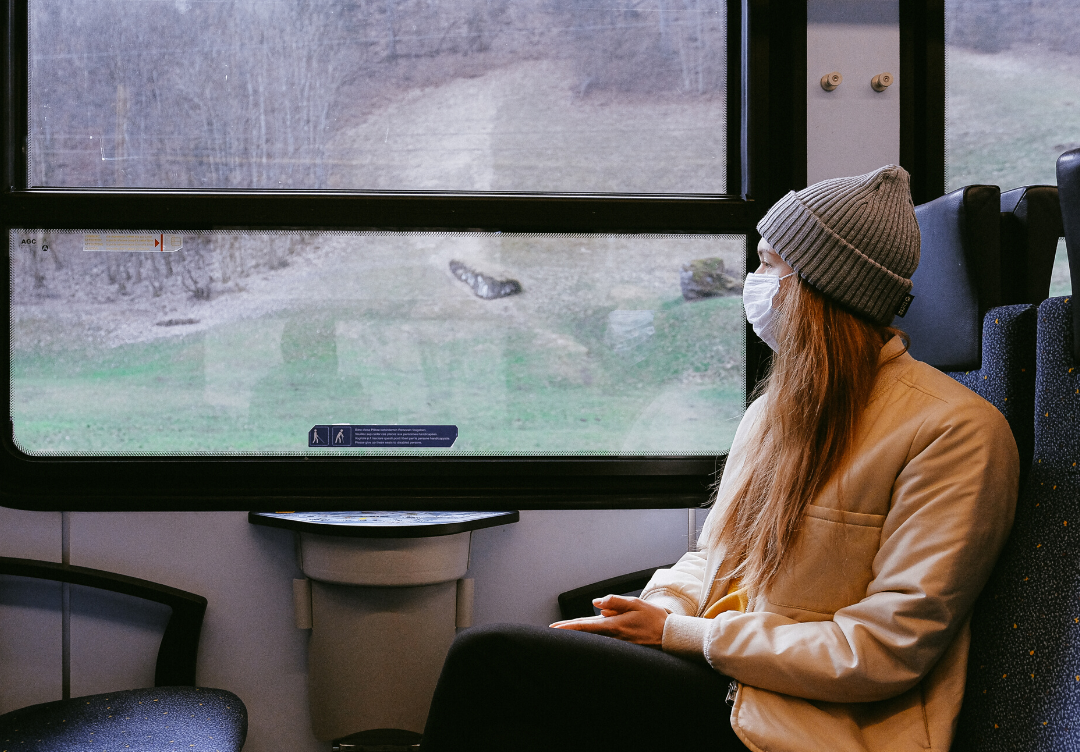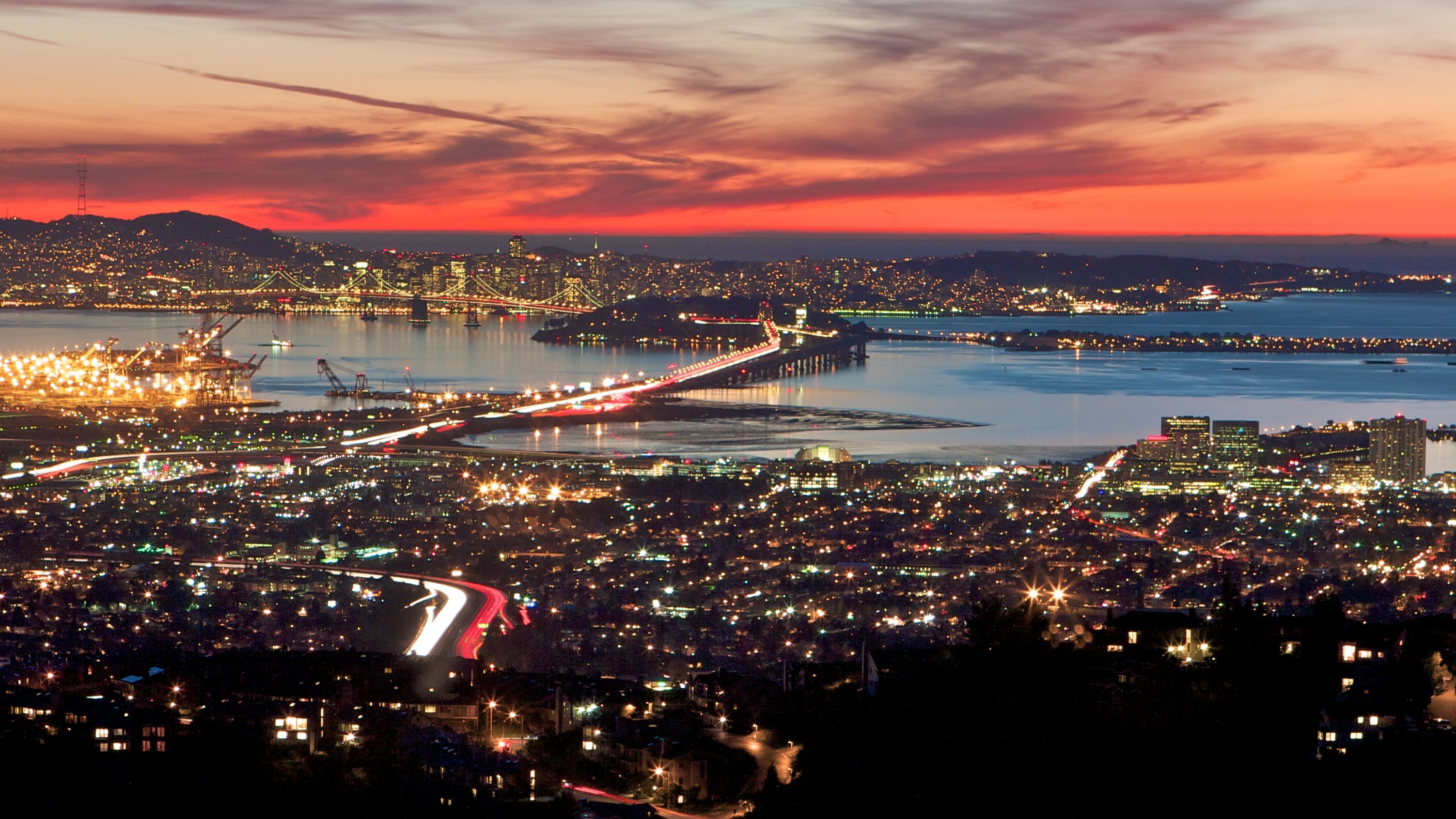
We have all heard the news about how the Coronavirus shut down the Bay Area, about the mandated stay at home orders and social distancing. But what exactly is the coronavirus and how to protect yourself? COVID-19 disease is part of a large family of viruses, two of them you might have heard before. The SARS (severe acute respiratory syndrome) and MERS (Middle East respiratory syndrome). People infected with the COVID-19 virus will experience moderate respiratory illness. Older people and those with underlying medical conditions are more likely to develop serious illness. The virus spreads primarily through droplets of saliva or discharge from the nose when an infected person coughs or sneezes. According to health officials, fever, cough, and shortness of breath are the main Coronavirus symptoms.

Coronavirus in the Bay Area.
The Bay Area is known as the place that has flattened the Coronavirus curve because it was one of the first cities to declare a state of emergency. It also entered its shelter in place order early, for preparedness and to prevent major outbreaks in the city. The Bay Area has been the best performer among the U.S. cities, with its quick preventive-thinking and implementing social distancing early on. Social distancing became the norm for Bay Area residents in efforts to help contain the virus as much as possible. The Bay Area’s stay-at-home orders not only affected residents but businesses as well. Large social gatherings, schools, tech conferences, concerts, sports leagues, were all canceled in efforts to prevent a massive outbreak. The current number of Coronavirus cases in San Francisco is 2,386 – a low number compared to other major cities in California such as Los Angeles and San Diego.

After Coronavirus hit the Bay Area, what residents need to know is that the “normal” that we used to know will never be the same. Remote work culture has been implemented as companies began having employees work from home. Businesses that have been shut down for a couple of months are reopening by curb-side options or strict 6-feet social distancing. Grocery stores are enforcing face masks to their customers to prevent contamination. Small businesses have been affected the most as they been forced to close or minimize their operations. As a response, Congress took matters in their own hands by passing a $2 trillion Cares Act, designed specifically for small businesses. So, what financial assistance is available for small businesses in San Francisco? The city announced a $19 million relief fund to support small businesses affected by the virus. This money is used as a small business emergency loan program, which will provide money with zero-interest loans. Another Resiliency fund was established to provide grants for up to $10,000 to small businesses, which don’t have to be paid. A neighborhood mini-grant program gives business owners $1,000 to $10,000. The city has also extended its deadline to collect business registration, taxes, and licensing fees until September 30. If you are a Bay Area small business and are wondering how to get Coronavirus financial help, you can click on the city’s Office of Economic and Workforce Development for more information.

What are the Coronavirus lessons to the Bay Area? There are some lessons the pandemic has brought and many should have been known all along. We’ve learned that the world is not only connected throughout technology but physically connected too. We have learned that hygiene does work, washing your hands does help to destroy certain kinds of viruses and bacteria. To prevent frantic fear, it is important to focus on data, listen to numbers, not emotions, and personal beliefs. The data shows patterns that help determine outcomes and ways of prevention. A huge lesson is the realization that we have a deep innate need to be around other people and share experiences, we are super-social creatures. We all happier and healthier when we get to interact – shake hands, hug, snuggle, and all other acts of social closeness that make us human.





.jpg)

.png)